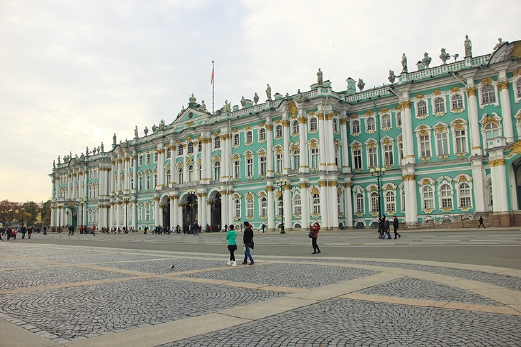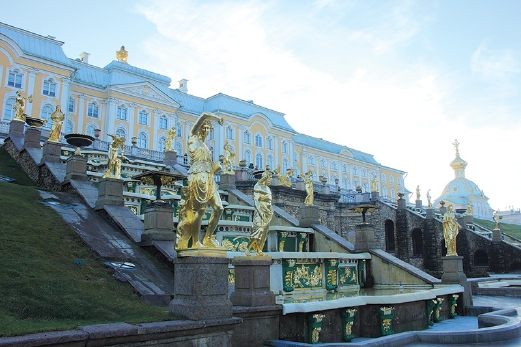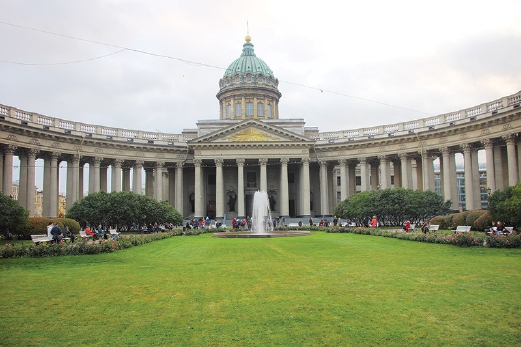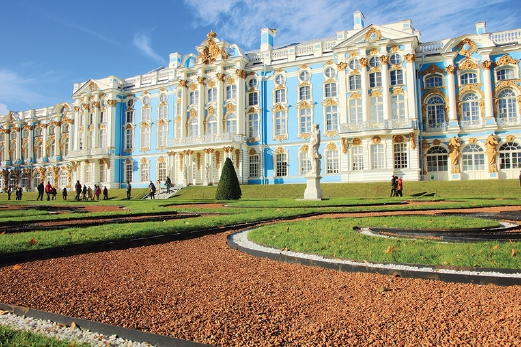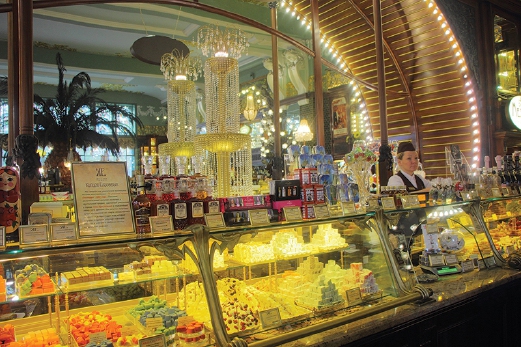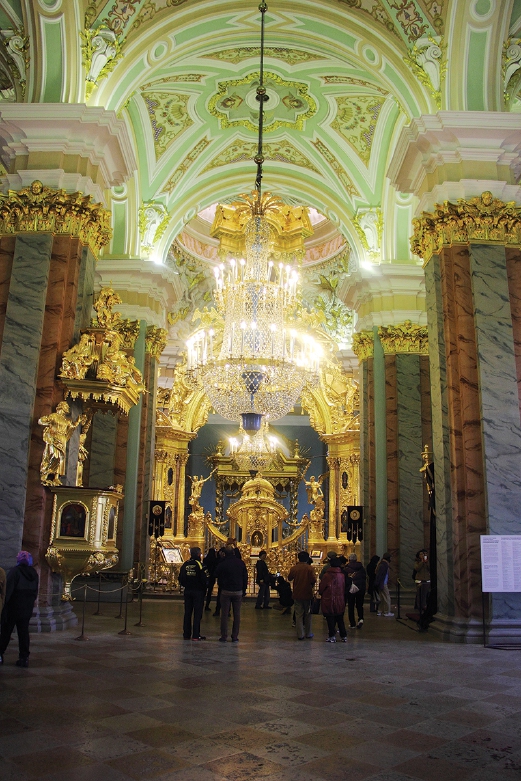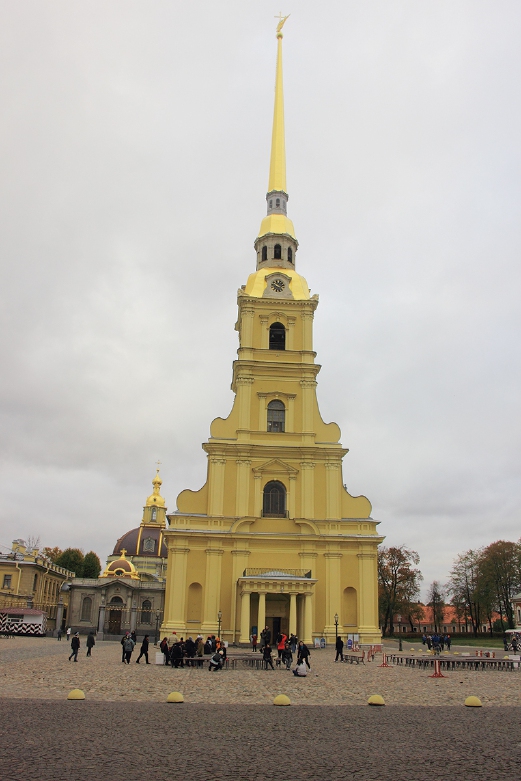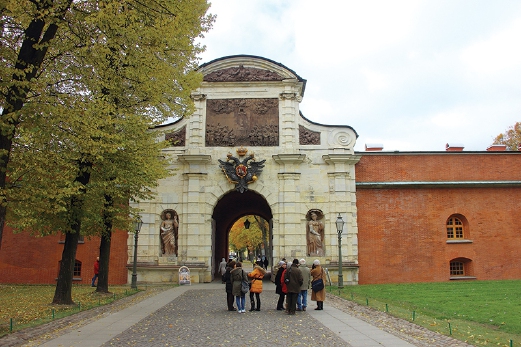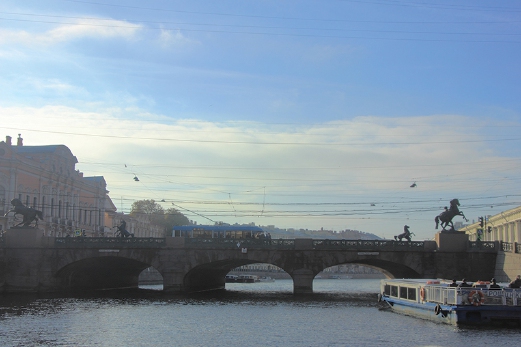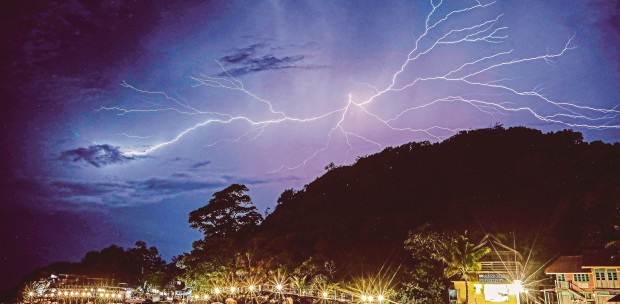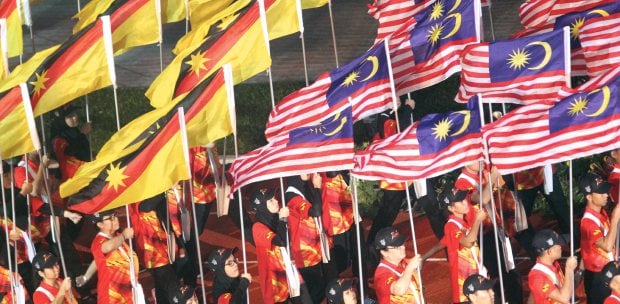The former Russian capital melds an amazing array of architectural styles, writes Rizauddin Ibrahim
STANDING on the open deck of the boat, I am fixated on the old buildings which line the bank of the Neva River.
Among these are the landmarks of Peter And Paul Fortress, Rostral Column, Winter Palace, The Admiralty and the dome of Saint Isaac Cathedral.
For visitors to Saint Petersburg, a boat trip is the best way to appreciate the Russian city dubbed Venice Of The North, because of its many canals and rivers. The city sits almost entirely on 42 islands in the Neva River delta.
On the last leg of the cruise, the boat enters Fontanka Canal, passing Summer Garden which houses the Summer Palace, built in 1710 for Peter the Great, the founder of the city.
The boat then passes under the Anichkov Bridge, the city’s oldest, built in 1841 and the most famous of the 342 bridges!
Perhaps it was on a boat trip like this that Peter The Great had envisioned this city 300 years ago and decided to build a port city in the delta marshland of Neva River, with access to the Gulf Of Finland and the Baltic Sea.
Legend had it that Peter and his associates were boating around the Neva Delta, inspecting various islands. He went ashore on Zaychiy Ostrov or Hare Island, and noticed an eagle soaring high above. As the symbol of Russia government was a double-headed eagle, this was interpreted as a good omen. So he gave the command to build a fortress at the spot. This six-bastion Peter And Paul’s Fortress, built in 1703, is Saint Petersburg’s first building. The fort never fulfilled its military purpose but it functioned as the centre of Russia Empire when Peter made Saint Petersburg the capital in 1713.
WHERE IT BEGAN
I enter the fortress through the ornate Saint Peter Gate, with an immense imperial crest that weighs over a tonne.
The centrepiece of this fortress is Peter And Paul Cathedral, the tallest building (with its 123m-high gilded tower) in the city until the 20th century. It is even more impressive inside, where the tombs of almost all the Russian tsars and tsarinas from Peter The Great to Nicholas II, are located.
I am more captivated by iconostasis across the nave which, instead of flat wall, is in the form of a golden tower. Then I see some marble sarcophagus, including that of Peter The Great.
The cathedral is dedicated to Saint Peter, the patron saint of Saint Petersburg and who lends his name to city, not the Peter The Great.
As the Russian capital, Saint Petersburg flourished for 300 years of the Russian tsarist era. After Peter, other royal families continued to build lavishly, commissioning architects and builders from all over Western Europe.
This gave the city many different architecture styles, which can be seen at Palace Square. There is the Russian baroque-styled Winter Palace, the neoclassic General Staff Building and the empire-styled Admiralty building as well as the gold-domed Saint Isaac Cathedral.
At the centre of the square is the 47m high Alexander Column, built to commemorate the victory against Napoleon’s army.
The palace also houses the Hermitage Museum, one of the world’s oldest and biggest museums with three million items, ranging from pre-historic artefacts to masterpieces. It is estimated that it will take 11 years to view all items.
CITY OF ARTWORKS
While Hermitage Museum immortalises the works of great artists, the city of Saint Petersburg preserves the works of architects, builders, sculptors and artisans.
Each grand building, monument, statue and garden has its own interesting story.
Rows of historic buildings can be seen along the Nevsky Prospekt, the main avenue of Saint Petersburg which is also the city’s most hip and happening place.
Here the impressive art nouveau architecture of Eliseyev Merchant Shop draws me in. Across the street is Catherine Garden, where street artists line the sidewalks. The garden is sandwiched between Anichkov Palace and the Russian Library.
The chief sight of Nevsky Prospekt is Kazan Cathedral which has an enormous semi-circle colonnade facade encircling a small garden. Apart from religious functions, it also serves as a monument of Russian victory against the Napoleon army in 1812.
Another notable church is Saint Isaac Cathedral which is famed for its golden dome. I can see it from Alexander Garden.
Adjacent to the garden is Senate Square where the statue of Peter The Great stands. Known as the Bronze Horseman from the Alexander Pushkin’s poet published in 1833, this statue depicts Peter as an absolute ruler who guided and reformed Old Russia.
DISTRICTS OF PALACES
To complete my visit to Saint Petersburg, I visit Pushkin District, 24km away. Named after Russian poet Alexander Pushkin, this suburb district is where Catherine Palace is located.
The palace was a gift from Peter The Great to his wife, Empress Catherine 1, who later ascended the throne for two years after Peter died.
It was originally built in 1717 as a two-storey mansion. It was Peter’s daughter, Tsarina Elizabeth, who ordered architect Rastrelli (who also built Winter Palace) to rebuild it in baroque style to outdo Versailles in Paris, France.
The project was completed in 1756. At its opening ceremony, guests were stupefied by its massive scale and elegant design.
I too am awed. The inside is even more impressive. The grand State Staircase, made of marble, is a clue to what one can expect.
Like everyone else, I am bedazzled to see the 1,000 sq m Great Hall, also known as Hall Of Light. Sunlight highlights the gilded stucco that decorates the wall, as well as the fresco on the ceiling. In the evening, flickering lights from 696 candles, framed by a mirror, illuminates the wall.
Other rooms and chambers are equally impressive. My favourite is the ceramic fireplace heater in the White State Dining Room.
The gem of Catherine Palace is the Amber Room. The entire wall of this room was paved with amber but this was plundered by the Nazi Germans during World War Two. What one can see today is a recreation.
At Petergof District is a royal court dedicated to Peter The Great.
Inspired by Versailles, Peter built not just a grand palace but also gardens, fountains and a canal leading to the sea. The Grand Palace was completed in 1721 but work on the gardens was halted when Peter died in 1725.
Later, Tsarina Elizabeth continued the work and expanded the palace and extended the parks with intricate fountain system.
From its Lower Park, I walk the whole length of the canal to the sea. On the jetty, I can see the Gulf Of Finland. Perhaps it was on this shore that Peter The Great once stood when he decided to build a port here for Russia.



